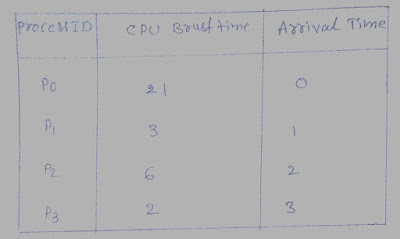Write a C program to implement the ls | sort command. (Use unnamed Pipe)
#include<sys/types.h> #include<stdio.h> #include<stdlib.h> #include<unistd.h> int main() { int fd[2]; if(pipe(fd) == -1) { perror("ERROR creating a pipe\n"); exit(1); } if (!fork()) { close(1); // close the standard output file dup(fd[1]); // now fd[1] (the writing end of the pipe) is the standard output close(fd[0]); // I am the writer. So, I don’t need this fd execlp("ls", "ls", NULL); } else { close(0); // close the standard input file dup(fd[0]); close(fd[1]); execlp("sort", "sort", "-r", NULL); } return(0); }


